Madder Root Dye
We offer Madder Root Natural Dye, crafted from the ground roots of Rubia tinctorum, the authentic Turkish madder. This dye has historically served as a primary natural red dye, capable of producing deeply saturated, lightfast shades of scarlet and crimson.
Madder is a complex root containing various pigments, including yellow, purple, orange, and brown. Dyers across Europe and Asia have spent centuries refining techniques to extract a clear red from it.
Shepherd Textiles imports a potent grade of madder directly from northern India, rich in the red dye alizarin. By following their dyeing guide, users can consistently achieve a bright, clear scarlet color using 100% weight-of-fabric.
Background on Madder Root Dye
Madder refers to two species of flowering shrubs in the Rubiaceae family, which also includes coffee and gardenias. Rubia tinctorum, known as Dyer’s Madder or Turkish Madder, and Rubia cordifolia, commonly called Indian Madder, both produce numerous anthraquinone compounds in their roots.
Several of these compounds serve as potent natural dyes, each yielding different hues. For instance, purpurin imparts oranges and yellows, while alizarin delivers brilliant, clear reds. This chemical complexity makes raw madder roots challenging to work with, as variations in temperature, pH, and mordanting processes can cause the orange and brown dyes to overshadow the red.
Dyers in Anatolia developed a sophisticated process to extract a strong, clear crimson from madder roots. Fabrics dyed with this “Turkish Red” became highly coveted in Europe, where the method for achieving such a vivid red from madder remained unknown.
European dyers went to great lengths to replicate it; contemporary recipes included steps like pre-mordanting fibers with dung to “animalize” them or adding sheep’s blood to the dye bath to deepen the red hue. Madder intrigued and frustrated dyers for centuries until French chemists isolated alizarin from the roots in 1826.
By 1868, synthetic alizarin became available, leading to the decline of madder’s dominance as the quintessential red plant dye.
Safety Precautions for Madder Root Dye
When working with Shepherd Textiles Madder Root Natural Dye, prioritize safety by following these guidelines:
Recommended Supplies Madder Root Dye
When preparing for natural dyeing, gather the following essential tools and materials to ensure a successful and safe dyeing process:
- Dye Pot: Select a large, stainless steel or enamel pot that can comfortably hold all your fibers, allowing ample space for movement and even dye distribution.
- Metal Tongs: Use dedicated metal tongs for stirring and handling fabrics during dyeing. Ensure these tongs are not used for food preparation to avoid cross-contamination.
- Rubber Gloves: Wear rubber gloves to protect your hands when handling mordanted or dyed fibers, especially before rinsing, to prevent skin irritation and staining.
- Candy Thermometer: Employ a candy thermometer that clips to the side of your dye pot to accurately monitor and maintain the desired temperature throughout the dyeing process.
- Scale: Utilize a precise scale to weigh fibers, mordants, and dyes accurately, ensuring correct proportions and consistent results.
- Alum Mordant: Use aluminum potassium sulfate (potash alum) as a mordant to fix dyes onto fibers. This alum is commonly available in the spice section of grocery stores.
- Pickling Lime (Optional): Incorporate pickling lime (calcium hydroxide) to increase the pH of the dye bath, which can deepen red hues. Note that pickling lime is distinct from garden lime and should be used accordingly.
- White Vinegar: Add white vinegar to assist in extracting dyes from certain natural sources, enhancing color uptake by the fibers.
Ensure all equipment used for dyeing is kept separate from food preparation utensils to maintain safety and prevent contamination.
Recommended Materials and Uses
Madder root is ideal for natural fibers and various textile applications. It works best on:
- Fibers: Wool, silk, cotton, and linen absorb madder dye beautifully.
- Projects: Suitable for clothing, scarves, home textiles, upholstery, and artisanal crafts.
- Eco Printing: Frequently used in botanical printing for unique fabric designs.
Mordanting with Alum
Madder root requires a metal mordant to bond effectively to fibers. The classic mordant to use with madder is alum. Indeed, alum plus calcium plus madder was the source of the celebrated shade called Turkish Red.
If possible, soak your fibers in water for a few hours before mordanting them, so that the mordant will penetrate deeply and evenly. Likewise, letting the fibers steep in the cooled mordant bath for two or three nights will make the final color richer. Make sure to weigh the fibers first, while they are still dry.
For protein fibers (wool, silk, alpaca, etc.): Mordant at 12% WOF with alum.
- Weigh out the fibers you plan to dye (while they are dry). Multiply that weight by 0.12 to get the amount of alum you will need.
- Fill your dye pot with hot tap water, leaving enough room for the fiber.
- Weigh out the correct amount of alum and pour it into the dye pot. Mix with a spoon or metal tongs until it has dissolved.
- Gently place your fibers into the mordanting solution.
- Heat mordant bath to 180°F and maintain heat for 1 hour. If you don’t have a candy thermometer, you will have to estimate the temperature. At 180°F, steam vapor will be rising off the water but it will not be bubbling. If your mordant bath starts to bubble, turn down the heat.
- Stir every 15 or 20 minutes to make sure fibers mordant evenly. If they do not, the dye will take better in some places than others.
- After an hour, remove from heat and let cool to room temperature. Once cool, you can immediately proceed to rinsing, or you can leave the fibers to steep overnight in the mordant bath.
- When ready to rinse, put on rubber gloves and gently squeeze excess mordant solution back into the pot. Rinse fibers briefly in lukewarm water.
- Dispose of mordant solution according to local guidelines.
For cellulose fibers (cotton, linen, etc.): Scour well and treat with a tannin before mordanting.
Madder root has a good affinity for cellulose fibers and can give richly saturated reds on cotton. However, the cotton must be well-tanned and then mordanted with alum. The following basic process gives good results.
- Scour cellulose fibers well. Traditionally this is done in a highly alkaline soda ash solution. Add 2 tsp of soda ash and 1 drop of dish soap to a 5-gallon dye pot. Add cellulose fibers and heat to 180°F-190°F for an hour, stirring occasionally. Remove from heat, and when cool enough to handle, rinse and wring out well.
- Household detergents like Tide© are also alkaline (pH 11), so you can also toss the fiber in a washing machine on a high-temperature cycle with plenty of detergent.
- Apply a tannin to the scoured fabric. Myrobalan is the traditional tannin for madder; use at 30% weight-of-fabric for the raw ground fruits, or 5% weight-of-fabric for the extract.
- Mordant with alum as described above for protein fibers. Some dyers like to add 1% soda ash to mordant bath to neutralize the pH.


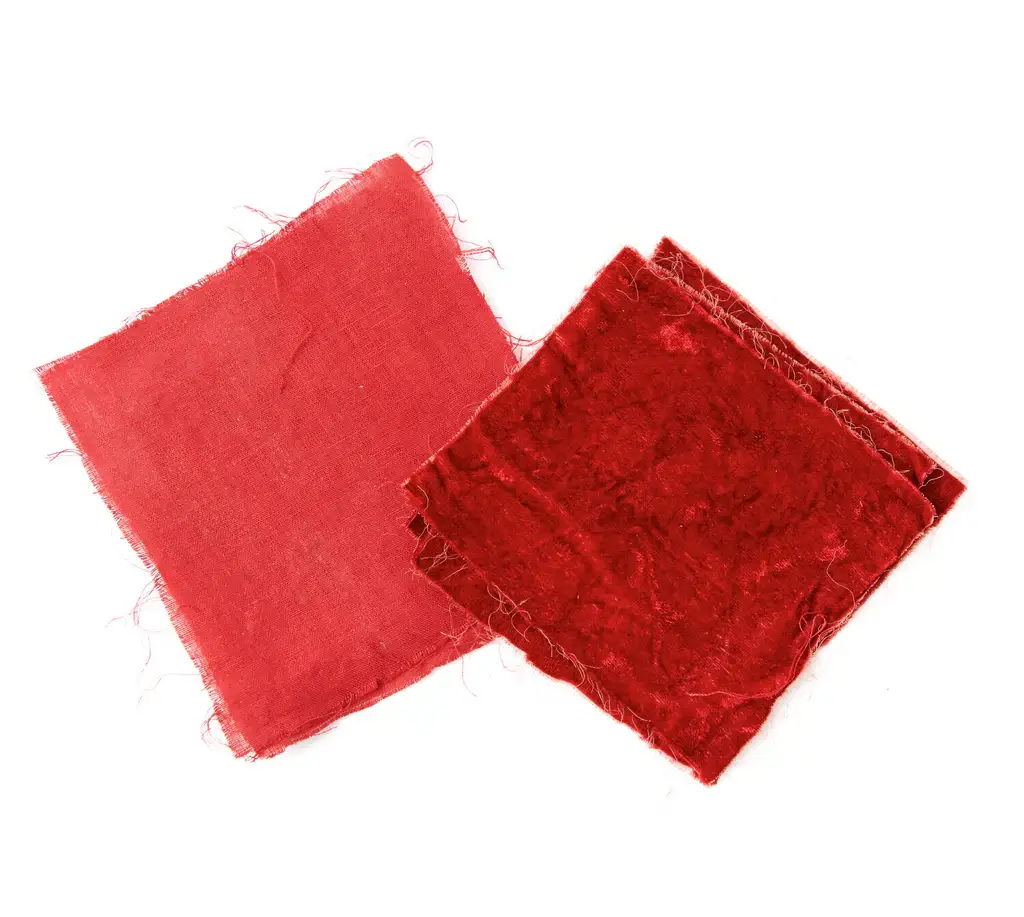
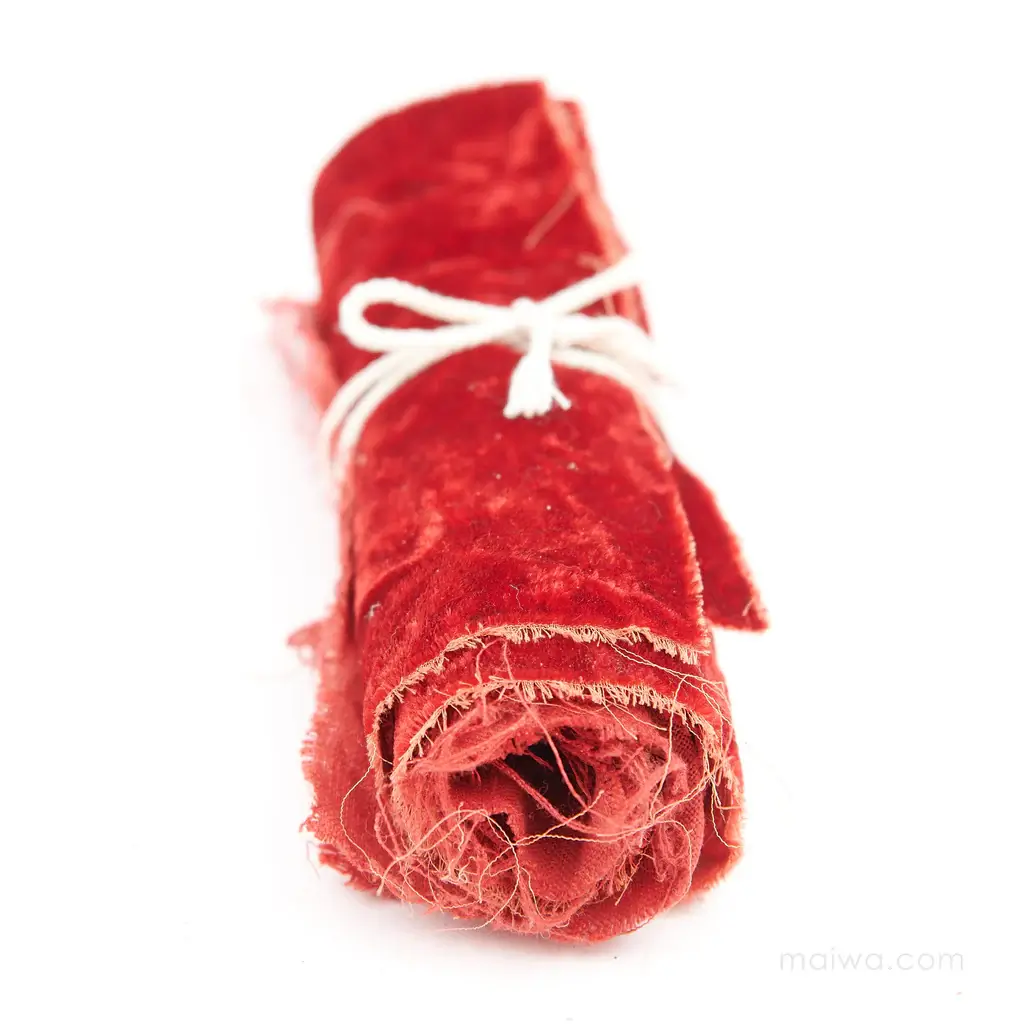
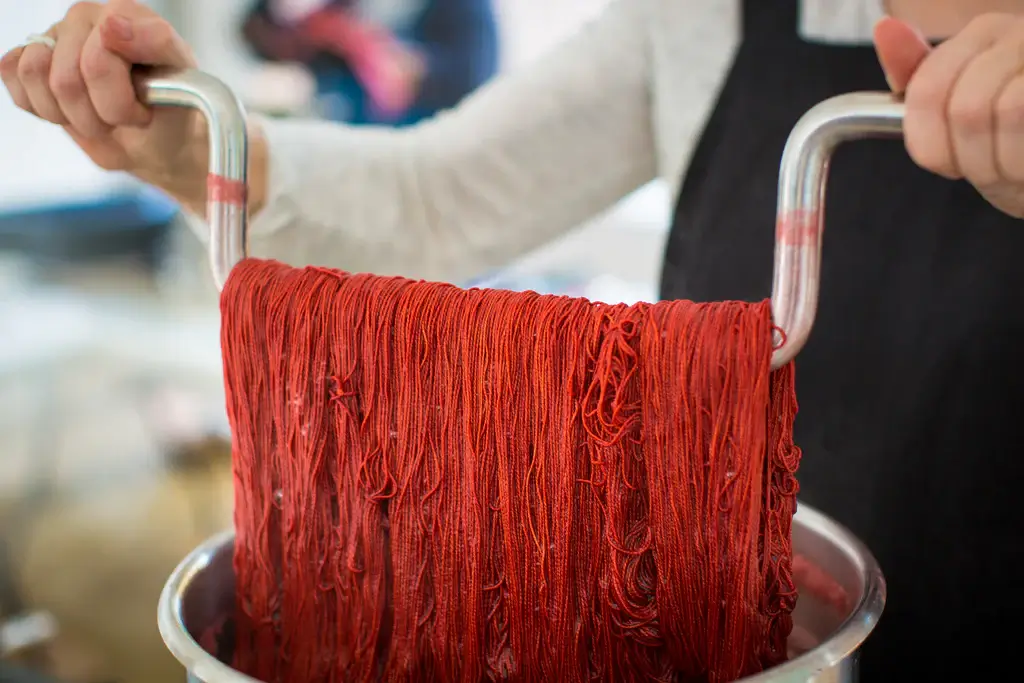

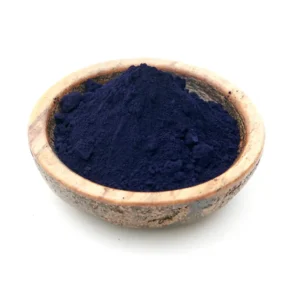
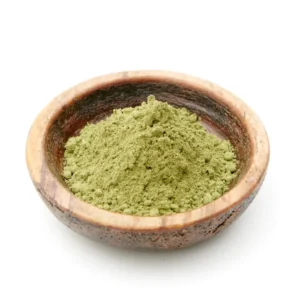
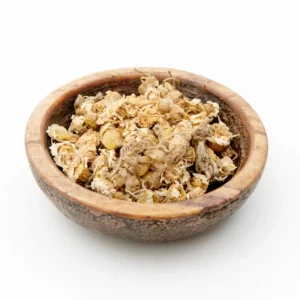
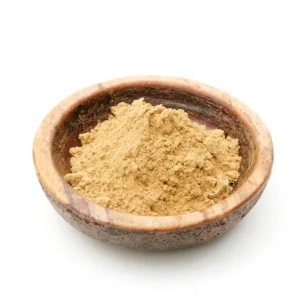
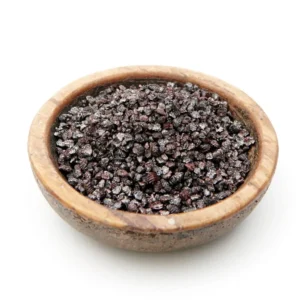
Reviews
There are no reviews yet.